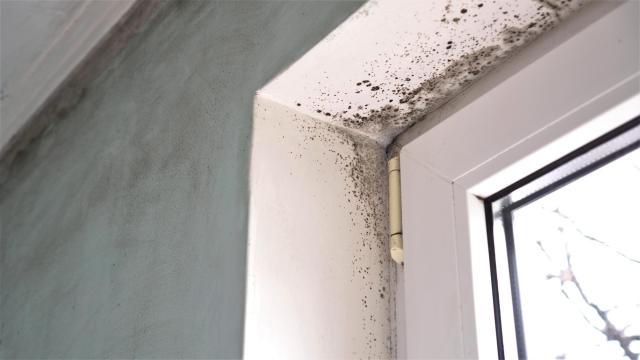When you clean your home, you probably have it down to some type of routine: Tidying up and wiping down set spots in each room. But if that’s the case, it means that you might be missing some hidden mould growth. Here are the spots you should check on a regular basis to make sure that’s not happening.
What causes mould to grow?
Mould can grow indoors or outdoors, as long as there’s moisture. It’s really not too picky about the surface, and can be found on or in wallpaper, bathroom tiles, grout, cardboard, ceiling tiles, paper products, upholstery, drywall, fabric, wood, insulation, dust, paint, and carpet. Mould is especially common anywhere that has flooded, or near leaks in roofs, windows, or pipes.
Signs of hidden mould
Although the mould may not be in plain sight, there are signs to look for that indicate that it’s probably lurking somewhere. These include:
- A damp, musty smell
- Stains
- Discoloration
- Dampness
- Standing water
- Allergy or asthma flare-ups
- Warped walls
- Bubbling or peeling paint
Hidden spots to check for mould in your home
If you suspect you have hidden mould — or simply want to check for it as a precaution — here are some of the places it tends to grow:
- Window frames, and the entire area around windows
- The surface of walls behind furniture
- Under the kitchen and bathroom sink
- Attics
- Crawlspaces
- Inside books
- Under and around the water heater
- Inside the air conditioner
- Around the dishwasher
- Inside filing cabinets
- Under and behind the refrigerator and water line
- On washing machine seals
- Under floor mats
- In potted plants
- Around the toilet base
- Shower and tub areas
- In or around the toothbrush holder
Find some hidden mould? Here are a few different ways to get rid of it.

Leave a Reply
You must be logged in to post a comment.